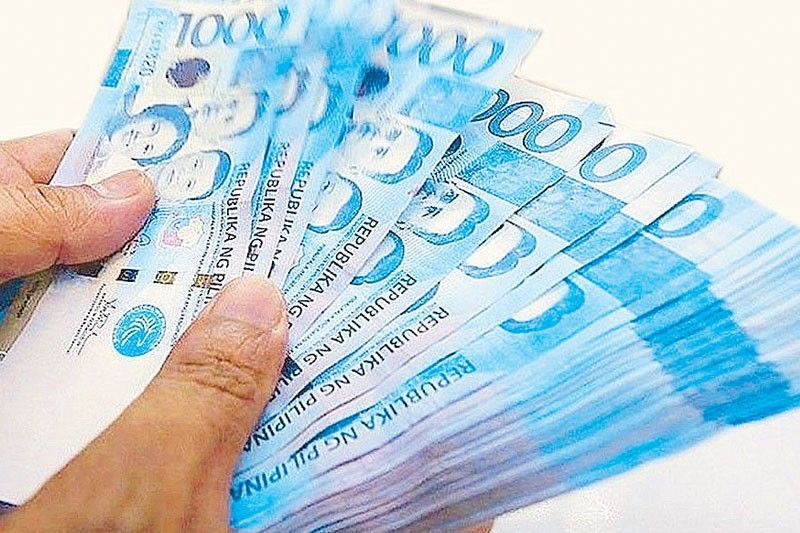National debt to balloon to P17.35 trillion by 2025

Despite lower borrowings
MANILA, Philippines — Government borrowings will slow as the economy expands, but the country’s total debt will still balloon to a record P17.35 trillion next year amid the prevailing high interest rate environment.
Based on the Department of Budget and Management’s Budget of Expenditures and Sources of Financing (BESF) following the submission of the proposed P6.352-trillion 2025 budget, outstanding debt would reach P16.06 trillion by yearend and further increase to P17.35 trillion by end-2025.
In terms of growth, however, the continued slowdown will remain, although at a smaller rate by next year.
Projected debt is expected to pick up by 9.8 percent to P16.06 trillion by the end of this year and will grow by eight percent to hit P17.35 trillion by 2025.
Currently, the national debt stock is at its highest level at P15.3 trillion as of end-May.
The debt pile is seen increasing even if gross borrowings are seen slightly declining by a percentage to P2.55 trillion from P2.57 trillion.
In a briefing yesterday, DBM principal economist and Undersecretary Joselito Basilio said the fiscal consolidation plan of the government would help bring down the debt as a percentage of gross domestic product (GDP).
“We are accelerating our payments due to better tax collections and more business transactions,” Basilio said.
“Our outlook for inflation and interest rate is also for stabilization as soon as this second semester,” he said.
Budget Secretary Amenah Pangandaman said the still elevated debt could be attributed to effects of loans borrowed during the pandemic.
“We all know our debt significantly increased during the pandemic because our economy was not open and we had limited revenues. We borrowed and most of it is maturing already,” Pangandaman said.
“Our interest rates remain high while our foreign exchange has moved,” she added.
On the other hand, Rizal Commercial Banking Corp. chief economist Michael Ricafort said the country’s outstanding debt level could continue to post new record highs amid budget deficits that need to be financed through additional borrowings.
Nonetheless, Ricafort said the offsetting factor would be the growth in the country’s GDP to help reduce debt-to-GDP ratio.
The country’s debt level, when measured against GDP, was at 60.2 percent in the first quarter, which is better than the 61 percent in the same period last year, but slightly above the end-2023 debt-to-GDP ratio of 60.1 percent.
Still, the current debt-to-GDP ratio remains above the internationally accepted threshold of 60 percent, which still puts the Philippines at a vulnerable spot in terms of its capacity to pay off its financial obligations.
A good credit standing for the country would mean that the government can avail itself of loans at better terms and longer grace periods due to its ability to pay its obligations.
Economists have been saying that more tax revenue collections and other reform measures can help the government lessen its dependence on borrowings.
However, the Department of Finance has been firm to not impose hard-hitting consumption taxes and only insisted that tax administration be strengthened.
For 2025, proposed tax measures include the remaining packages under the Comprehensive Tax Reform Program of the Duterte administration.
The economic team is also moving to impose value-added tax on digital service providers, excise taxes on single-use plastics and excise taxes on pickup trucks.
Additional revenue-generating measures also include the rationalization of the motor vehicle road user’s tax and reforms to the mining fiscal regime.
Based on the BESF, of the P17.35 trillion outstanding debt by 2025, 69 percent or P11.98 trillion will be from domestic sources while the remaining P5.38 trillion will come from external obligations.
The BESF also showed that the government targets to settle a record P2.05 trillion in debts, up by just 1.2 percent. This is divided into P848.03 billion for interest payments and P1.2 trillion for principal amortization.
- Latest
- Trending




























